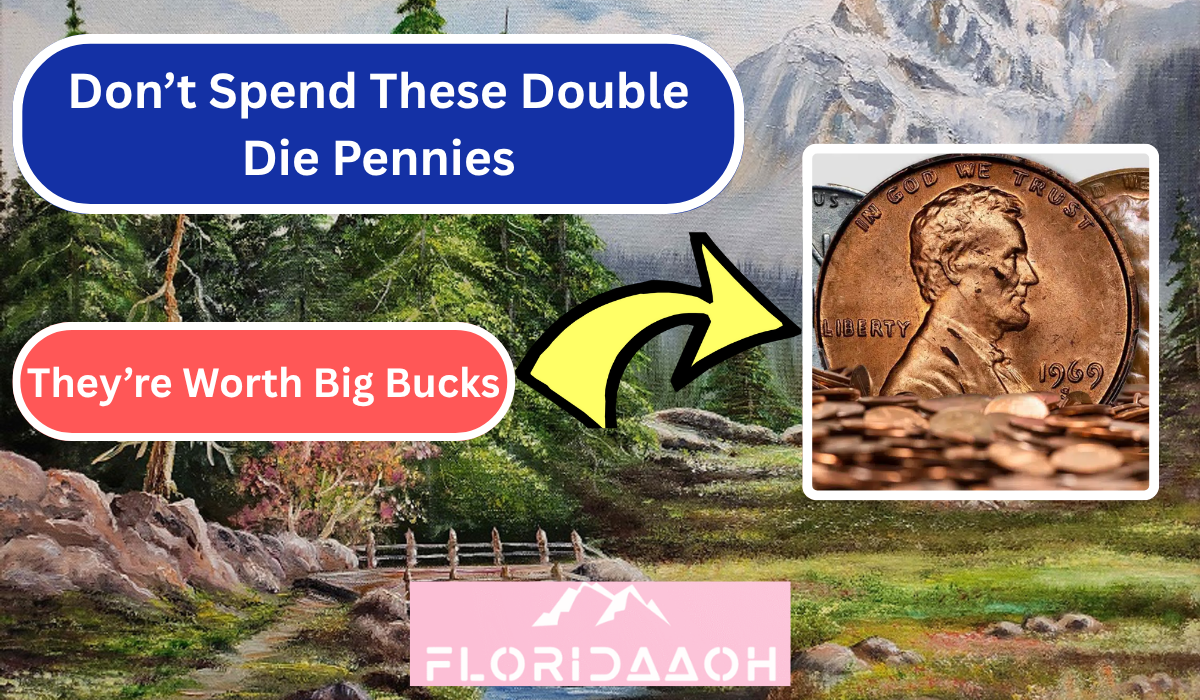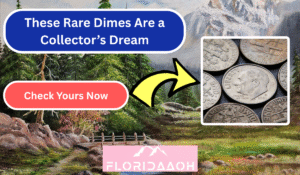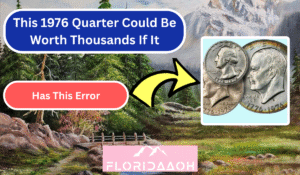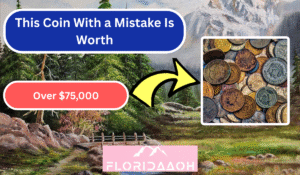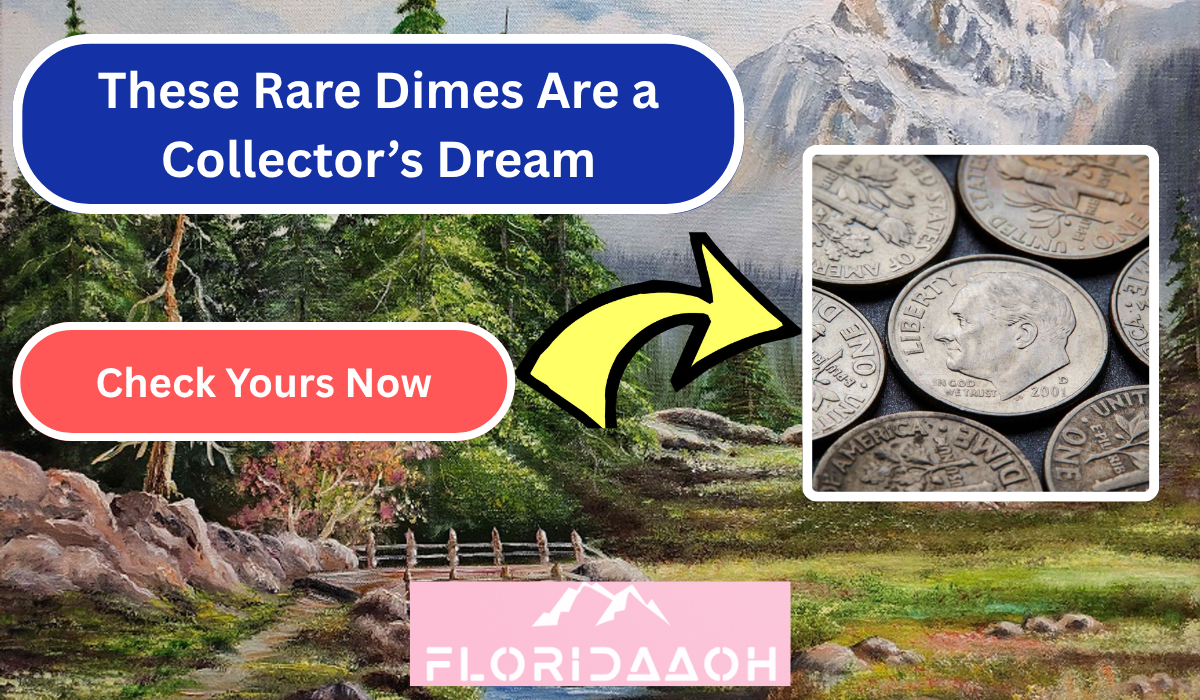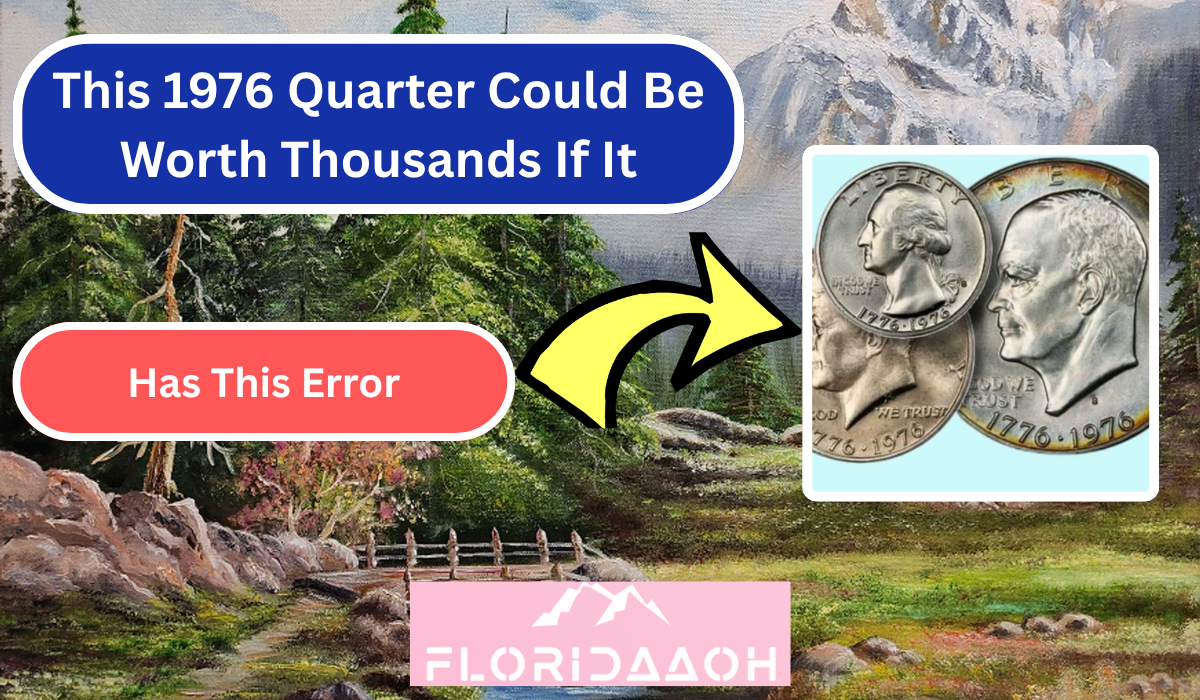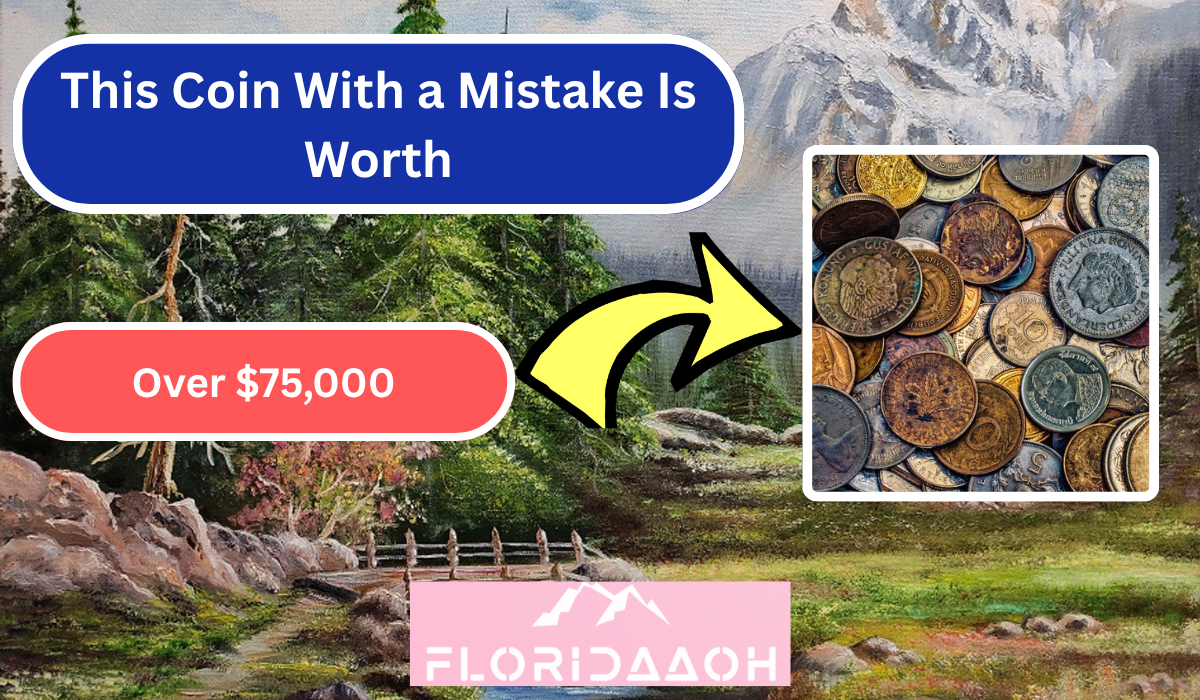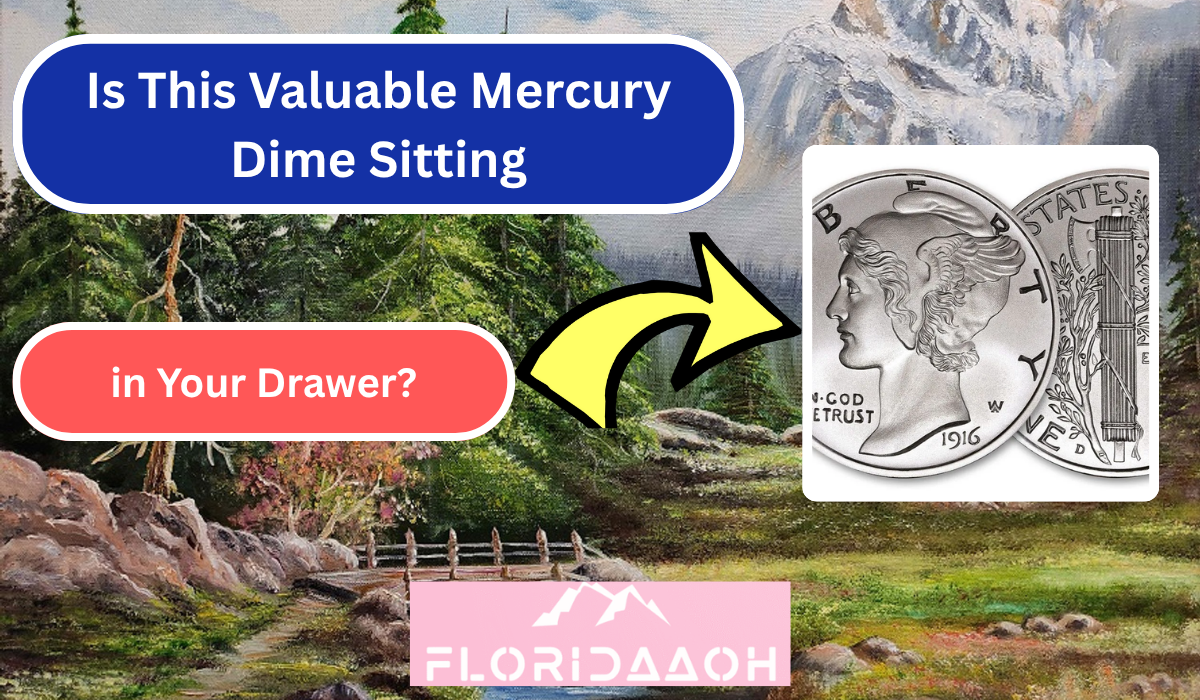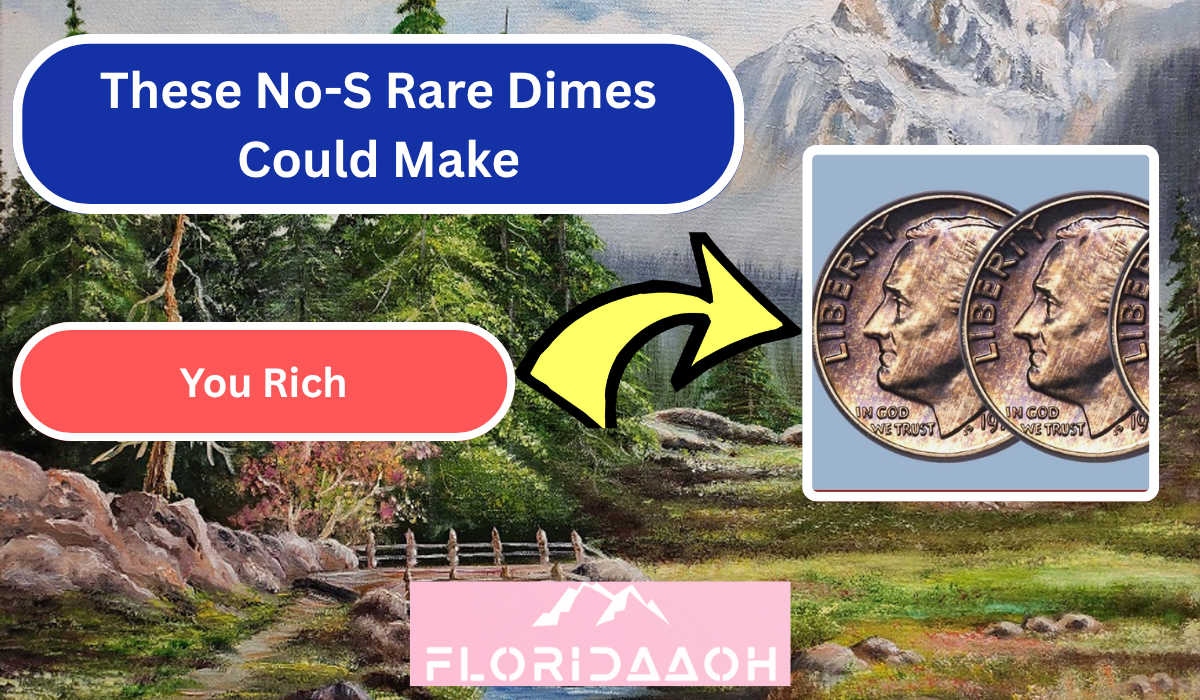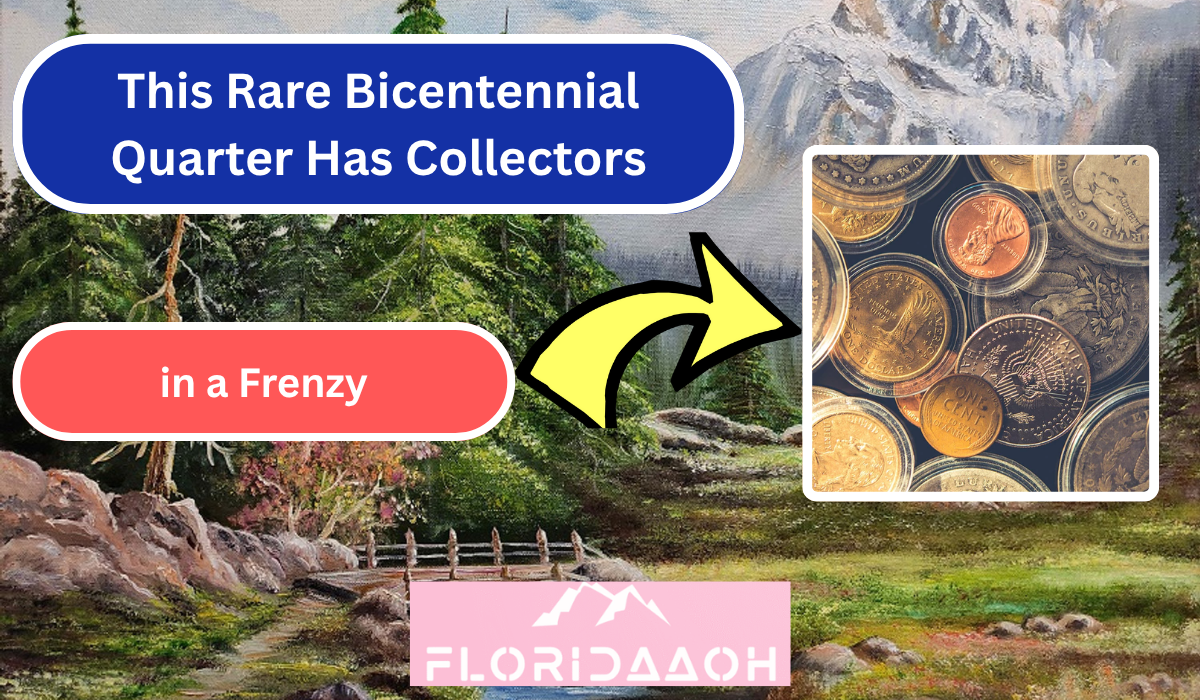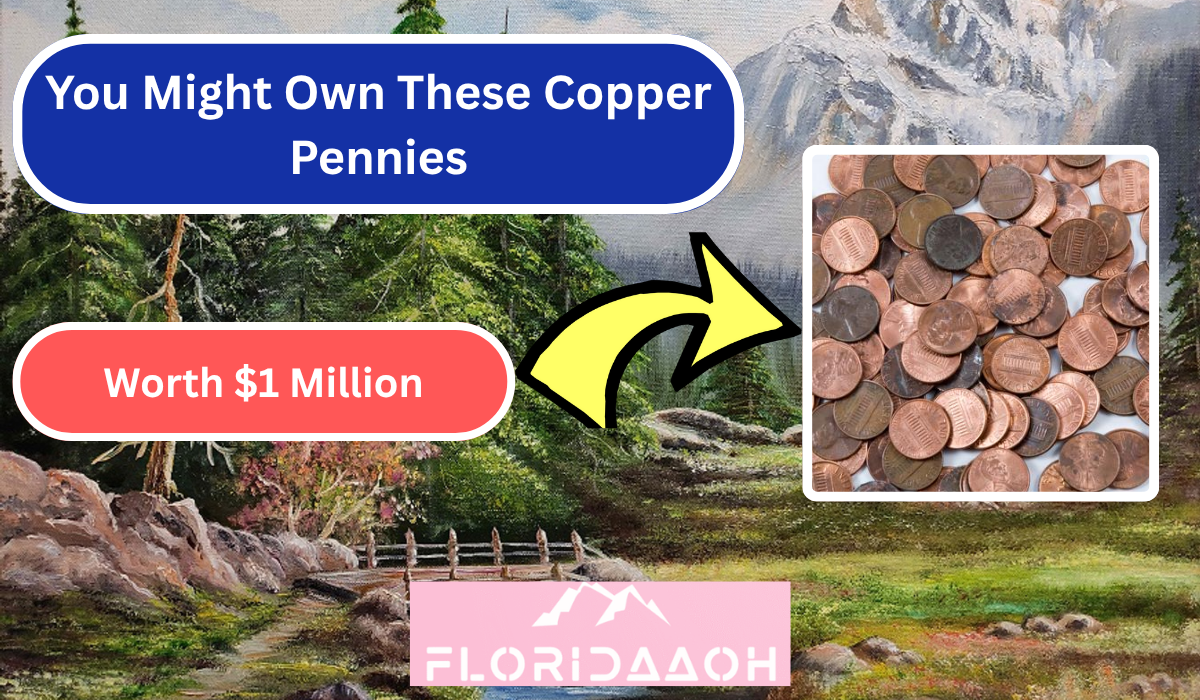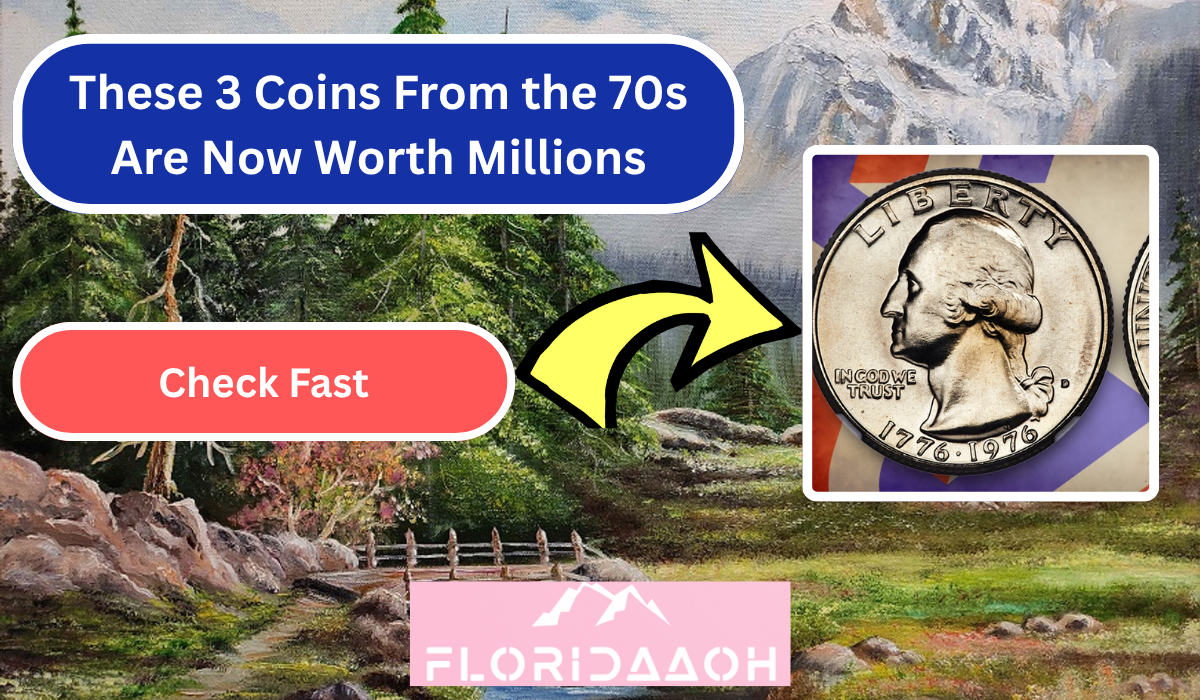To most people, a penny is just a penny. But what if that little copper coin in your pocket was worth hundreds or even thousands of dollars? That’s exactly the case with certain Double Die Lincoln pennies—coins that feature a striking minting error that dramatically increases their value. These errors occur when a coin die imprints the design twice, but slightly misaligned, resulting in noticeable doubling of letters and numbers.
If you come across one of these rare pennies, don’t spend it—you might be holding a valuable collector’s item that could pay for a vacation, a new computer, or even more. Here are three of the most famous and valuable double die pennies you should be looking for.
1. 1955 Doubled Die Lincoln Cent
The 1955 Doubled Die Penny is one of the most famous and dramatic coin errors in U.S. history. You’ll immediately notice doubling on the obverse, particularly on the words “LIBERTY,” “IN GOD WE TRUST,” and the date. This error occurred when the working die struck the hub twice out of alignment, and around 20,000 of these coins were accidentally released into circulation. Today, a worn example can be worth $1,000 to $2,500, while high-grade or uncirculated versions have sold for $10,000 to $50,000 or more.
2. 1969-S Doubled Die Obverse Lincoln Cent
This rare error penny was struck at the San Francisco Mint and features strong doubling on the front of the coin. The inscriptions “LIBERTY,” “IN GOD WE TRUST,” and the date “1969” are all clearly doubled. Only a limited number of these coins escaped into circulation before the Mint caught the mistake. This makes the 1969-S Doubled Die Penny exceptionally valuable—one example in excellent condition sold for over $100,000 at auction. It’s truly one of the most sought-after modern Lincoln cents.
3. 1972 Doubled Die Obverse Lincoln Cent
Though not as rare as the 1955 or 1969-S versions, the 1972 Doubled Die Penny still commands attention—and value. This error features prominent doubling on “LIBERTY” and “IN GOD WE TRUST,” as well as the date. There are several known variations (called “die varieties”), but the Type 1 is the most desirable. Depending on condition, this penny can fetch $100 to $1,000, and uncirculated examples can bring in even more. It’s one of the few error coins still occasionally found in circulation.
Double die pennies prove that tiny mistakes can lead to big payoffs. From the dramatic 1955 doubled die to the ultra-rare 1969-S and the collectible 1972 variation, these pennies are more than just pocket change—they’re numismatic treasures. So before you drop a penny into a jar or spend it at the store, take a closer look. You might be holding a small coin with a five-figure price tag.
FAQ’s:
1. What exactly is a double die penny?
It’s a coin that was struck with a die that had a misaligned second impression, causing visible doubling of the design elements.
2. Where should I look for doubling on these pennies?
Focus on the obverse (front) of the coin, especially the words “LIBERTY,” “IN GOD WE TRUST,” and the date.
3. Are all doubled die pennies valuable?
Not all—some have minor doubling that’s not worth much. But major varieties, like those from 1955, 1969-S, and 1972, can be worth thousands.
4. Can I find a double die penny in circulation today?
Yes, especially the 1972 version. The 1955 and 1969-S are rarer but have still been found in old collections or rolls.
5. Should I have a double die penny graded?
Yes. Professional grading by PCGS or NGC can authenticate your coin and significantly boost its resale value.
